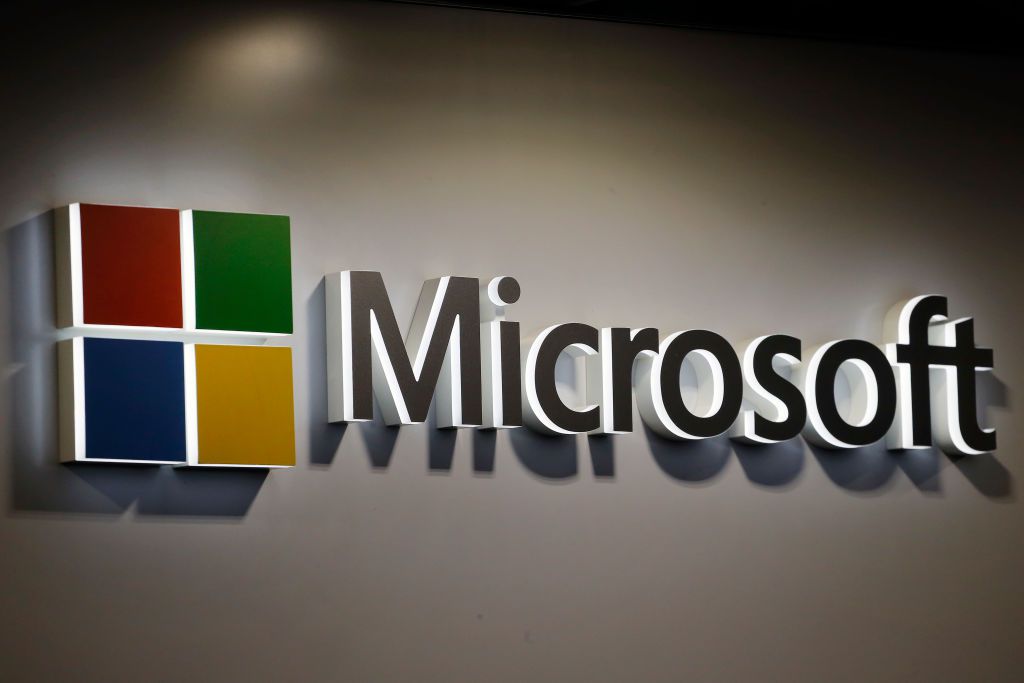Welcome to Azure AZ900 Implementing Security and Compliance! This course is designed for individuals who are looking to gain an understanding of Azure security and compliance features. It will teach you how to protect your data. And applications in the cloud, as well as how to plan and implement Azure-AZ900 security and compliance strategies. You will also learn how to monitor and audit your Azure resources, and how to troubleshoot security and compliance issues. By the end of this course. You will have the knowledge and skills to confidently and securely manage your Azure resources.
How to Deploy Azure AZ900 Security Solutions to Meet Regulatory Requirements
Deploying Azure-AZ900 security solutions to meet regulatory requirements can be a challenging task. It requires a deep understanding of the regulatory landscape. As well as an ability to identify and implement the right solutions to meet the requirements. In order to successfully deploy the right Azure security solutions to meet regulatory requirements.
The first step in deploying Azure AZ900 security solutions to meet regulatory requirements. To gain an understanding of the applicable regulations. Organizations should review the regulations and ensure they have a comprehensive understanding of the requirements. This will enable them to identify which security solutions are necessary to meet the regulations and ensure they are properly implemented.
The second step is to assess the organization’s current security posture. Organizations should use a vulnerability scanning tool to identify any existing gaps in their security infrastructure. Once identified, organizations should use an appropriate security solution to remediate the identified vulnerabilities.
The third step is to identify any additional security solutions that may be necessary to meet the regulatory requirements. Organizations should review the requirements and determine which solutions can best meet them. Organizations should also consider the cost and complexity of the solutions, as well as the potential impacts to existing systems and processes. The fourth step is to deploy the selected security solutions.
Organizations should ensure that the solutions are properly implemented and tested to ensure they meet the regulatory requirements. Organizations should also document the configuration and testing of the solutions to provide evidence of compliance.
Deploying Azure-AZ900 security solutions to meet regulatory requirements can be a complex and time-consuming task. However, by following the steps outlined above, organizations can ensure. That their solutions are properly implemented and tested to meet the regulatory requirements.

Essential Best Practices for Implementing Azure-AZ900 Security Compliance
When it comes to implementing Azure-AZ-900 security compliance, there are essential best practices that must be followed. These best practices not only ensure that the cloud environment is secure, but also that all necessary security measures are in place to protect sensitive data, applications, and workloads. First and foremost, organizations must ensure that they have a comprehensive security strategy in place. That covers all aspects of their cloud environment.
This strategy should include processes for assessing and mitigating risks, as well as policies for access control and authentication. Secondly, organizations should be sure to monitor their cloud environment on a regular basis. This includes conducting vulnerability scans and penetration testing, as well as monitoring for any suspicious activities or unauthorized access. Thirdly, organizations should also take steps to ensure that all data is encrypted before it is stored in the cloud. This helps protect sensitive data from being accessed by unauthorized parties. Fourthly, organizations should also be sure to regularly review and update their security policies and procedures.
This helps ensure that any changes in the environment or new threats are addressed in a timely manner. Finally, organizations should implement strong access control measures to ensure that only authorized users can access sensitive data and applications. This includes setting up user authentication measures, such as two-factor authentication, and implementing role-based access control. By following these essential best practices for implementing Azure-AZ900 security compliance, organizations can ensure that their cloud environment is secure and their data remains protected.
Understanding the Security and Compliance Capabilities of Azure-AZ900 Network Security Groups
Azure Network Security Groups (NSGs) provide an important layer of security on Azure networks. They are a powerful tool for controlling inbound and outbound network traffic, and can be configured to block unwanted traffic and allow only authorized traffic. As an administrator, it is important to understand the capabilities of NSGs in order to ensure that the network is secure and compliant with industry and organizational standards. The first step is to understand the basics of NSGs. NSGs are a collection of access control rules that define traffic flow between Azure VMs and other resources. Each NSG consists of an inbound and outbound set of access rules that can be configured to allow or deny specific traffic.
The rules can be configured to block or allow particular IP addresses, ports, and protocols. NSGs are typically applied at the subnet level, but can also be applied to individual VMs. The next step is to understand the security capabilities of NSGs. NSGs can be used to control traffic from the public internet as well as from other Azure resources. They can be used to restrict access to specific ports or services, or to block certain types of traffic altogether.
Finally, it is important to understand the compliance capabilities of NSGs. NSGs can be used to ensure that the network is compliant with organizational and industry standards. This includes ensuring that only authorized traffic is allowed, and that sensitive data is protected. Additionally, NSGs can be used to monitor traffic for anomalous activity and to detect suspicious activity. In conclusion, it is important for administrators to understand.
Exploring Azure-AZ900 Security Center’s Threat Detection and Response Features
Reflecting on the security features of Azure Security Center. I am impressed with the range of threat detection and response options they provide. The ability to detect threats quickly and respond appropriately is a key element to any security system. Azure Security Center provides a comprehensive set of tools to detect threats in real-time and provides detailed information about the threats detected. The threat detection feature works by using advanced analytics to detect suspicious activity across multiple Azure services.
When a suspicious event is detected, the system will provide detailed information about the threat. Such as the source, type, and severity. This information can then be used to quickly respond to the threat and take appropriate action. The response feature of Azure-AZ-900 Security Center allows users to quickly take action. To respond to threats by selecting an appropriate security policy. This security policy will be applied across the entire Azure environment and will help to prevent future attacks.
Overall, Azure Security Center offers a comprehensive set of threat detection and response features that allow users to quickly identify and respond to threats. The range of options available allows users to customize the security of their system and make sure their data is kept safe.
In conclusion, the Azure-AZ-900 Implementing Azure-AZ-900Security and Compliance certification is an invaluable tool for IT professionals. Looking to stay up to date on the latest security measures and best practices for working with Microsoft’s cloud platform. This certification provides an in-depth look at how to protect user data and applications from malicious actors. And how to ensure compliance with regulatory requirements. It is an essential certification for IT professionals. Who are looking to secure their Azure deployments and ensure their customers’ data is secure.
riftynet.com
linkspreed.com
ulurn.in
classifiedads.com
hallbook.com.br
yolasite.com
telegra.ph
socialmediainuk.com
prosportsdaily.com
fnote.net
expressafrica.et
kaymakgames.com
commiss.io
umaxx.tv
linkz.us
onic.org.co
my.games
mcdiamondfire.com
adpost4u.com
justgiving.com
rpmconference.com
bbvietnam.com
qooh.me
vhearts.net
whatchats.com
gta5-mods.com
gtarcade.com
chatterchat.com
wanikani.com
intelivisto.com
mianuncio.us
buynow-us.com
gbguides.com
picturepush.com
muamat.com
getjob.us
huggingface.co
styleforum.net
conceptdistributing.com
heyzine.com
biznas.com
hashnode.dev
social4geek.com
bookmarkrange.com
bookmeter.com
waoop.com
mug.vn
objectblocks.cc
vietketnoi.net
iceclog.com
tokemonkey.com
bitbin.it
iiime.net
studentb.eu
degentevakana.com
mkmrp.pl
iogear.com
spurs.is
dibiz.com
notebook.ai
eastmans.com
totalschoolsolutions.net
kyourc.com
usa.life
place123.net
tistory.com
cariblime.net
paperpage.in
socie.com.br
hackster.io
magnitt.com
makers.tech
educatorpages.com
caramel.la
thefreeworldpress.com